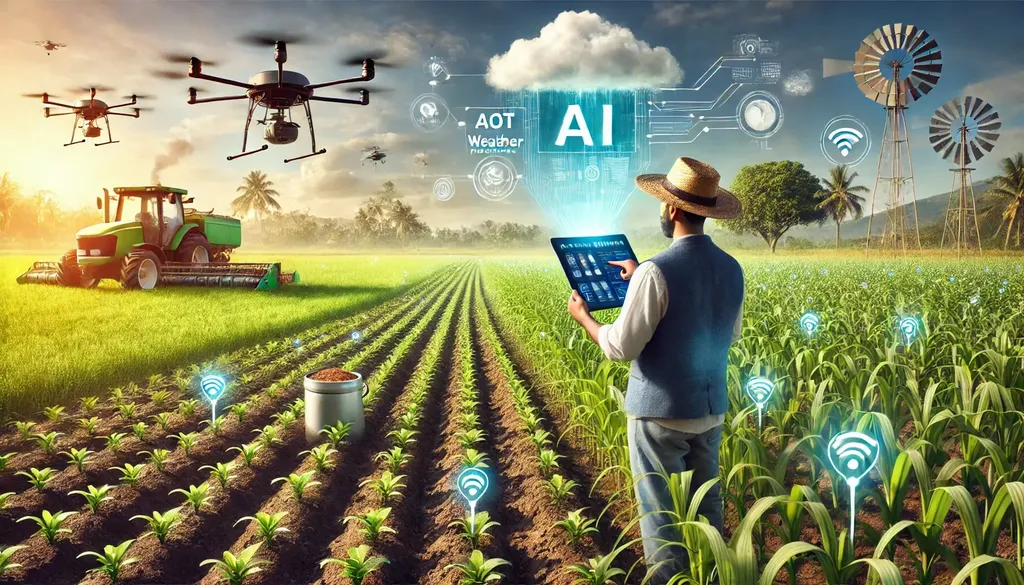In the heart of India, a groundbreaking solution is emerging to tackle a global challenge: ensuring clean and safe water for all. Pradeep Kumar Mahapatro, a researcher from the Department of Computer Science and Engineering at Gandhi Institute of Engineering and Technology University (GIETU), is leading a project that integrates Internet of Things (IoT) and Artificial Intelligence (AI) to revolutionize water quality monitoring in agriculture. This innovative system, detailed in a recent paper published in ‘Engineering Proceedings’ (translated to English as ‘Engineering Proceedings’), promises to enhance crop yields and secure water management, with significant implications for the energy sector.
The stakes are high. Contaminated water sources are responsible for about 1.4 million deaths worldwide each year, with diarrheal infections alone accounting for 505,000 deaths annually. Mahapatro’s work aims to mitigate these risks by providing real-time, multi-nutrient water quality analysis. “Our goal is to improve crops and increase the interpretability, reliability, and security of water quality monitoring systems,” Mahapatro explains. The system uses IoT sensors deployed in various water sources like reservoirs, irrigation canals, and ponds to continuously monitor parameters including phosphorus, potassium, pH, temperature, and Biological Oxygen Demand (BOD).
Data collected from these sensors is securely transmitted to a cloud-based platform using end-to-end encryption protocols, ensuring data integrity and protection from unauthorized access. Advanced machine learning classifiers and ensemble learning algorithms analyze the real-time data to produce multi-nutrient predictions. The dataset, collected from GIETU agricultural fields over six months, was used to train and test the models.
The results are promising. Performance metrics like accuracy, precision, recall, and F1-score were calculated for the water quality prediction. The RFS ensemble classifier, which combines Random Forest and Support Vector Machine (SVM), performed exceptionally well, achieving an accuracy of 90%. This hybrid classifier significantly outperformed traditional approaches. “The hybrid classifier was significantly better than the traditional approaches,” Mahapatro notes.
To enhance the interpretability of the classifiers, the team employed explainable AI (XAI) techniques. This allows for effective decision-making in water management, a critical factor for agricultural and energy sectors. The energy sector, in particular, stands to benefit from more efficient water management practices, as water is a vital resource in energy production processes.
The implications of this research extend beyond immediate applications. By providing real-time, accurate water quality data, this system can help farmers make informed decisions about irrigation, potentially increasing crop yields and reducing water waste. For the energy sector, improved water management can lead to more efficient and sustainable operations.
Mahapatro’s work is a testament to the power of integrating IoT and AI in solving real-world problems. As the world grapples with water scarcity and contamination issues, this innovative system offers a beacon of hope. The research, published in ‘Engineering Proceedings’, not only advances the field of water quality monitoring but also paves the way for future developments in agricultural and energy sectors.
In the words of Mahapatro, “This work proposes an integrated IoT- and AI-based solution for real-time multi-nutrient water quality analysis.” It’s a solution that could very well shape the future of water management and energy production, making a significant impact on global health and sustainability.

